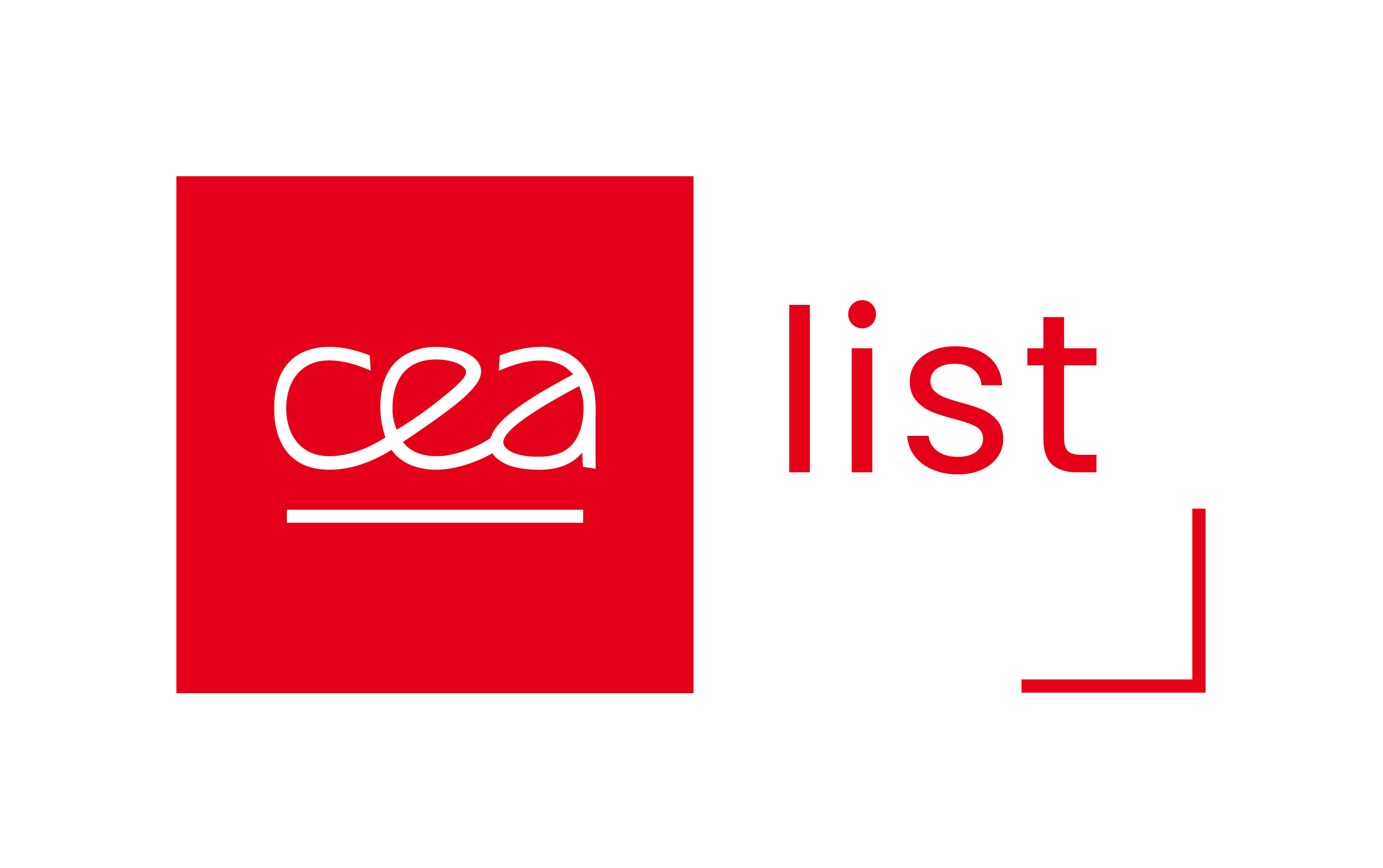Traceable surface sources by functionalization for initial mapping of nuclear facilities
Résumé
During decommissioning and dismantling, the initial cartography of all the surfaces is a key step that will enable in the classification of potential future wastes as a function of their radioactivity level. Using relevant surface sources, contamination detectors must be calibrated in terms of emitted flux, or Bq.cm-2. Current standard surface sources are made of thick aluminum with limited surface areas complying with ISO 8769 standard (Reference Sources-Calibration of Surface Contamination Monitors). These sources lack representativeness. This research intends to produce flexible, traceable surface sources with limited radiation self-absorption (for alpha and beta emitters). In this study, we propose a novel approach that will allow us to produce non-contaminating sources, due to the strong chemical bonds between the substrate and radioactive molecule. Using this method, unlike the commercial ones, a protective layer on the surface is not needed. We will then be able to manufacture more representative and non-contaminating sources to be used on-site to check the stability of the measurement devices. Two substrates, aluminium foils and polymeric surfaces, were selected to create sources that are both thin and flexible, curved or rough. Primarily, three molecules were selected to bind to the substrate at one end, and show a high affinity for the radionuclides at the other end. Due to the flexibility of aluminium foils, these sources can also be used to assess the performance of the detector in front of a curved surface. The experimental study includes cleaning, etching, grafting, and radionuclide binding steps. The substrates are cleaned in order to eliminate any organic residues. Afterwards, hydroxide functions were released by etching. Finally, in the grafting step, etched samples are immersed to graft the selected molecule on the substrate. These functionalization methods and their parameters such as concentration, reaction time, temperature, and drying conditions are optimized. In addition to these methods, sulfonation was found to be efficient for radionuclide attachment on polymeric surfaces. Attenuated total reflectance-Fourier transform infrared (ATR-FTIR) spectroscopy was used to assess the functionalization success before and after grafting and to identify the functions on the surface. The topography was observed using scanning electron microscopy (SEM). The FTIR spectra results indicated that all of the selected chemicals were grafted onto the aluminum substrate. The SEM images also demonstrate that the surface morphology has changed significantly after grafting. Eventually, radionuclide binding experiments were carried out with 152Eu, used as a chemical surrogate for 241Am. We will present the radionuclide's binding yield obtained as a function of the functionalization as well as the associated surface uniformity of the samples, using respectively liquid scintillation counting and autoradiography.
Mots clés
radioactivity
ionizing radiation
decommissioning
dismantling
surface contamination
detector
instrumentation
nuclear instrumentation
calibration
reference source
alpha-rays
beta-rays
metrology
polymer
functionalization
grafting
sulfonatio
Attenuated total reflectance-Fourier transform infrared (ATR-FTIR) spectroscopy
scanning electron microscopy (SEM)
152Eu
241Am
Origine : Fichiers produits par l'(les) auteur(s)
